Contrary to popular belief, music and movement for kids are not just frolicking around in a big space without any boundaries, or singing at the top of their lungs.
While academic subjects such as math, science, reading or writing are important, creative arts such as music and dance are just as relevant, especially for the overall growth of a young child.
Here are 5 benefits of music, movement and dance that are worth knowing.
1. It Enhances Cognitive Development
Numerous early childhood studies have found that movement promotes a child’s brain development. Ms Gill Connell, a globally renowned child development expert, explained through her book “A Moving Child Is a Learning Child: How Movement Prepares a Child to Think” how movement aids in sensorial and brain development.
Another study by Neuroscientist Wendy Suzuki shows movement strengthens both the prefrontal cortex (which is involved in executive functioning) and the hippocampus (which plays a key role in memory and learning).
In short, it’s important to engage your child in movement-based activities such as dance to spur their brain development.
2. It Nurtures Social and Emotional Skills
Children can pick up obvious and subtle social cues and skills during music and movement classes, as it helps to sharpen focus and a sense of attention.
How do you navigate your personal space when you are in a group? What do you say when you bump into somebody? Moving together, sharing space and giving way to others, all these help to nurture a child’s social skills.
Dance is an especially powerful medium to build emotional intelligence, as it cultivates appropriate facial and bodily expressions which are important life skills. If you are considering sending your child to learn dance, the most established and reputable dance syllabus is the British-founded Royal Academy of Dance.
3. It Strengthens Motor Skills and Development
When toddlers hop, run or skip, they’re not just moving their bodies aimlessly. The next time you see your child moving around, know this – their muscles are being developed, their bones are being strengthened, and their gross motor and fine motor skills are being honed.
Bodily actions like skipping from left to right, balancing on one leg, and touching their left knee with their right hand – all these eye-hand coordination movements hone their balance, coordination and control.
Motor skills development is especially important in a child’s early years from 0 to 6 years old. As such, it is one of the main areas of development specified in the Nurturing Early Learners Framework developed by the Early Childhood Development Agency (ECDA).
4. It Grows Aesthetic and Creative Expression
How can kids express themselves without words? This is where dance and music come in. It’s a safe platform for them when they find it difficult to express themselves through spoken or written language, building on a repertoire of emotional and creative skills.
On a more abstract level, it gives them the chance to discover their body, spatial awareness, and to learn how emotions, thoughts and ideas can be expressed through music and movements.
5. It Builds Creativity and Imagination
A typical music and movement class usually calls upon kids to pretend. This enhances their imagination, and language. For example, pretending to flutter like butterflies gives children a chance to visualise and flex their imagination skills, as they translate their thoughts into actions.
A Researched-Based Creative Movement Programme
There are plenty of dance schools in Singapore, but few offer research-based music and dance programme that methodically helps the child to develop.
Crestar School of Dance is the first in Singapore to develop a movement programme that combines the Science of Child Development and the Art of Dance.
Developed and conducted by dance professionals and experienced Early Childhood veterans, the programme comprises a solid team of professionals such as Ms Shyamala, a trained dance veteran holding a Masters in Psychology, and Ms Ivy Chua, an early childhood-trained dance teacher.
What makes this programme stand out is that it integrates the NEL Framework from the Early Children Development Agency (ECDA), the regulatory and developmental authority for the early childhood sector in Singapore, together with the UK’s Royal Academy of Dance (RAD) syllabus, one of the world’s most influential and longest dance education and training body.
This means that every child in the programme is concurrently learning dance and growing in 6 development areas stipulated by ECDA, as well as achieving an internationally-recognised dance qualification.
Using ECDA’s framework and RAD’s dance syllabus as a guide, you can be guaranteed that this Creative Movement programme is in line with Singapore’s best child development practices, and UK’s dance education and training.
A Mum’s Review
Claire Zhang wasn’t aware that her 4-year-old daughter, Isabella, reserved and shy in school, had an extrovert streak in her.
Claire’s daughter had the opportunity to attend Crestar’s new movement programme prior to its official launch and found the overall experience for her daughter both exciting and enriching. Over the course of 6 weeks, she saw her girl transform from a timid to a confident and expressive child.
“I would never have thought that a dance class could have such a positive effect on my girl,” admits the mum.
Besides keeping her daughter healthy, Claire notes that her child is “more expressive with her feelings, especially through the use of movements” and that Isabella had enjoyed making new friends in class.
Crestar School of Dance: Creative Movement Class Developed For Toddlers
Ms Ivy Chua, Dance Principal of Crestar School of Dance at Marine Parade is confident that this new Creative Movement & Dance programme will help build a strong foundation for the children before they move on to learn specific dance genre such as ballet, hip hop or jazz.
“Our Creative Movement & Dance class encourages toddlers from the age of 18 months to 4 years old to do simple dance movements, such as stretching, balancing and turning in sync with music,” explains Ms Chua, an early childhood trained dance teacher with over 10 years of experience under her belt.
Dance has been stereotyped as for girls only. However, this class is designed for both boys and girls. It’s crucial to provide an opportunity for children to start learning young, and Crestar School of Dance values this belief of lifelong learning.
“We hope that every child will have the opportunity to develop to the best that they can be, across all areas,” asserts Ms Ivy.
Enrolment Is Now Open!
Crestar School of Dance is one of the longest established private dance schools in Singapore, with over 40 years of history and dance education experience.
If you’re looking for a dance class that allows your growing toddler or pre-schooler to move and groove in a safe, warm and fun-loving environment, visit Crestar School of Dance and check out their latest Creative Movement & Dance programme!
Exclusive to The New Age Parents readers! Crestar is offering keen and curious parents a complimentary experience of this proprietary movement programme. Simply register here.
Note: This promotion ends on 31 Aug 2019.
For more information on the programme, visit here.
This post is brought to you by Crestar School of Dance.
* * * * *
Stay in touch! Subscribe to our Telegram here for all our latest updates.
Running a service or business targeted for parents? Reach out to a wider audience in our Best Enrichment Classes compilation. Leave your contact details here and we will get in touch with you.


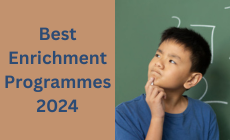


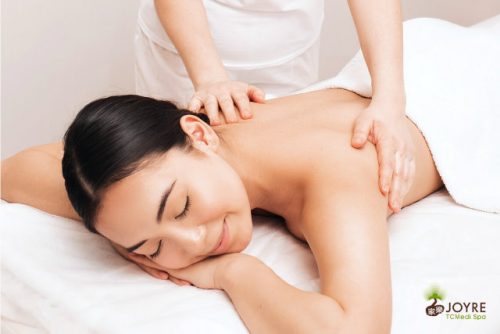





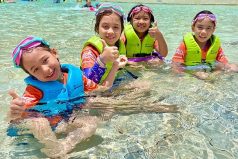
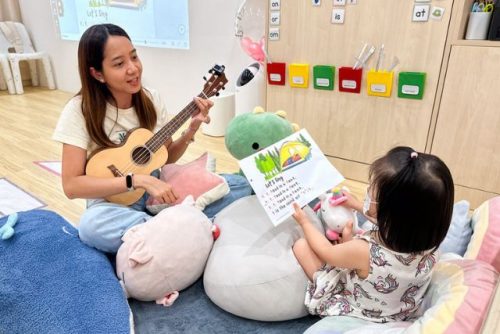

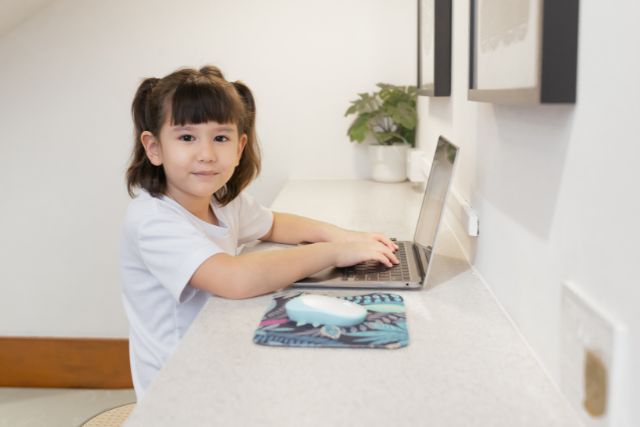

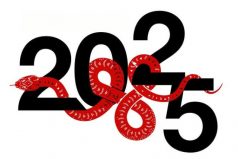
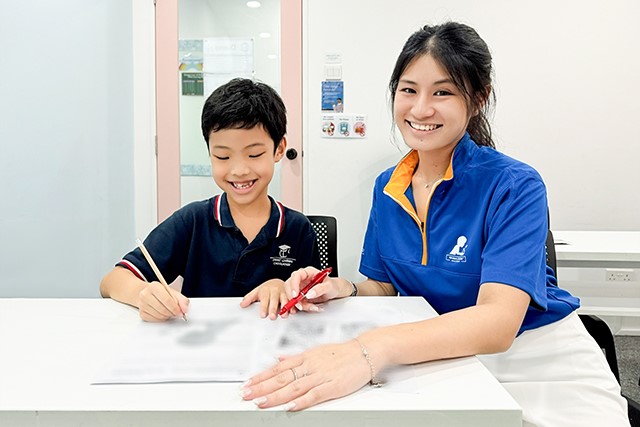
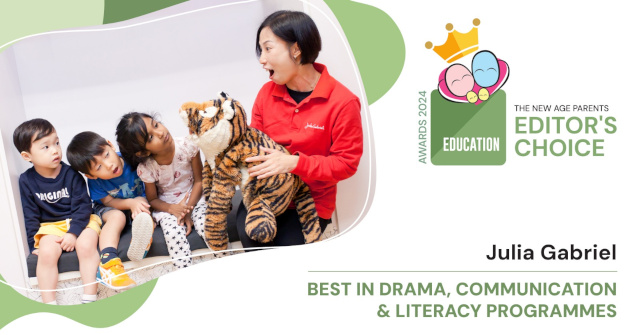



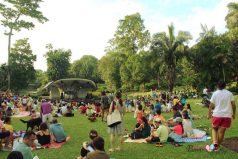





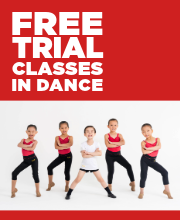

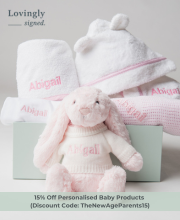




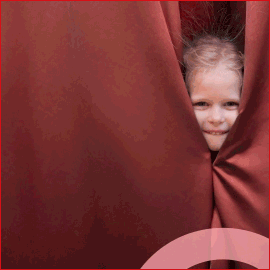


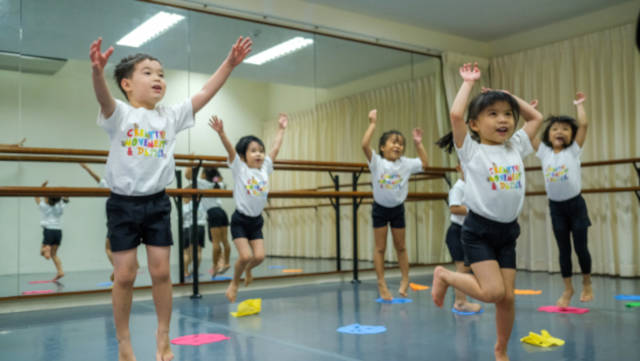
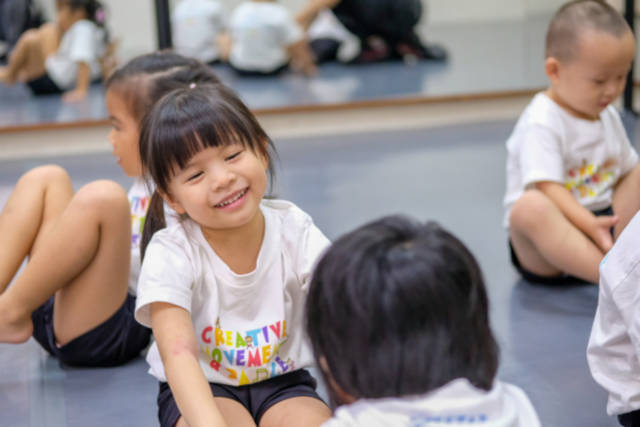
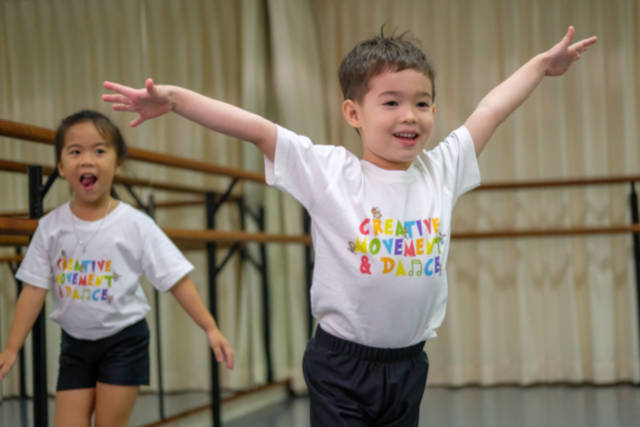
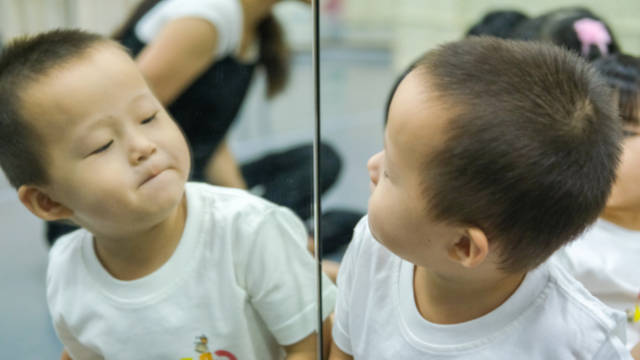
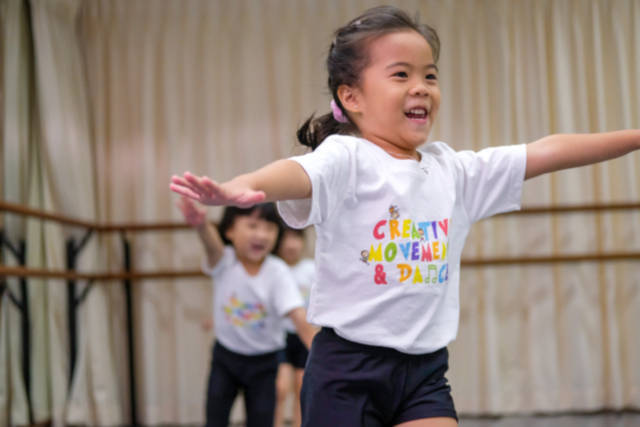
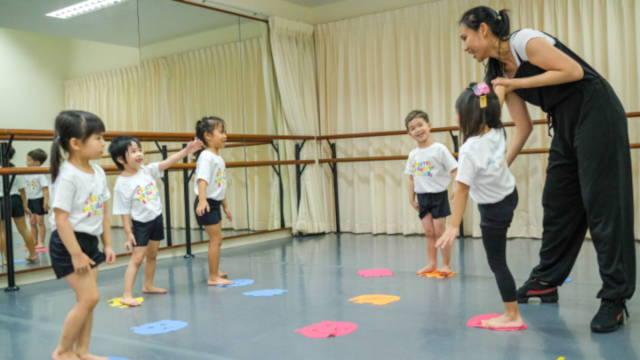
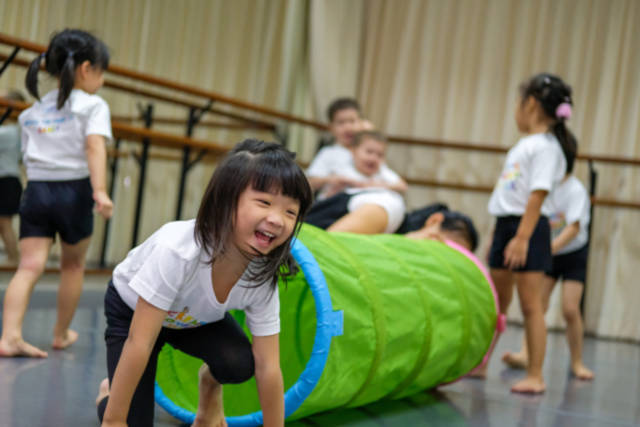
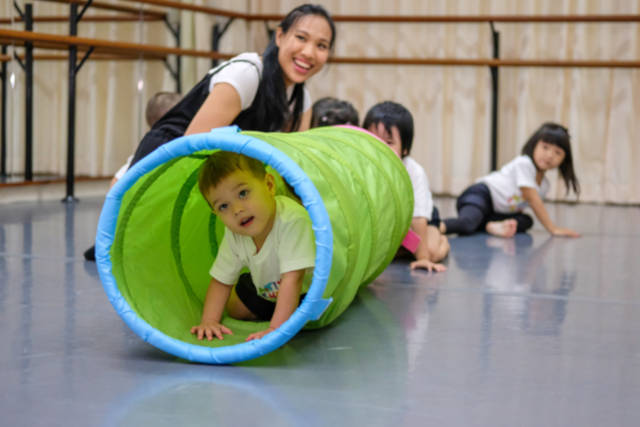
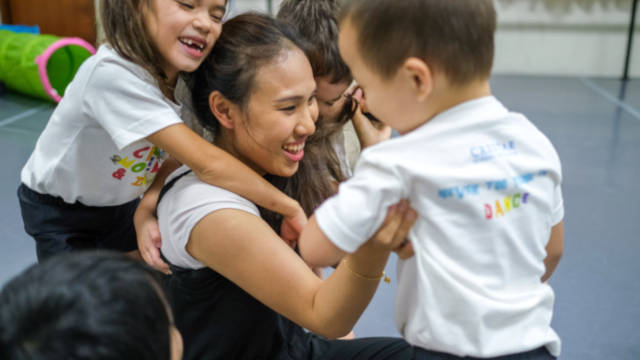

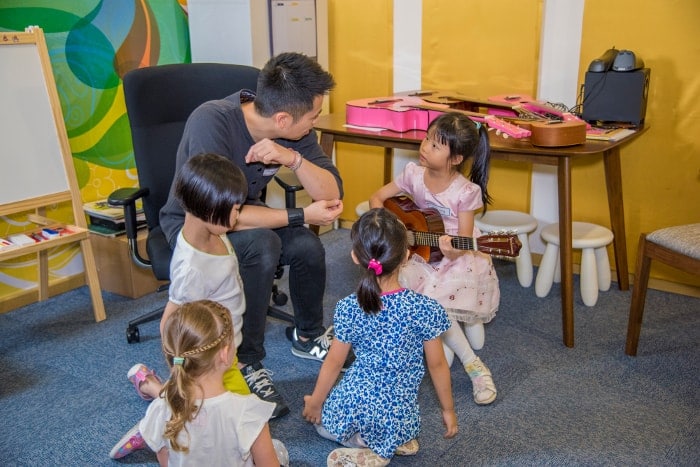
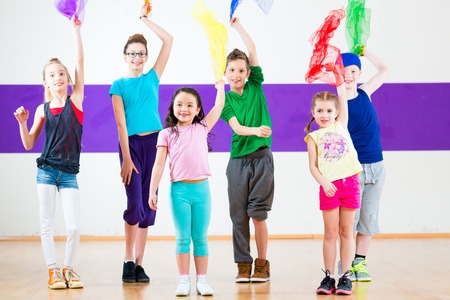

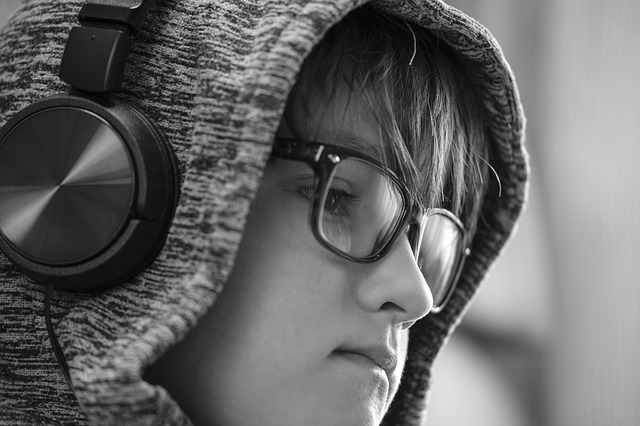
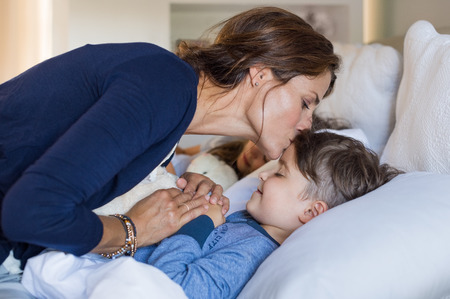
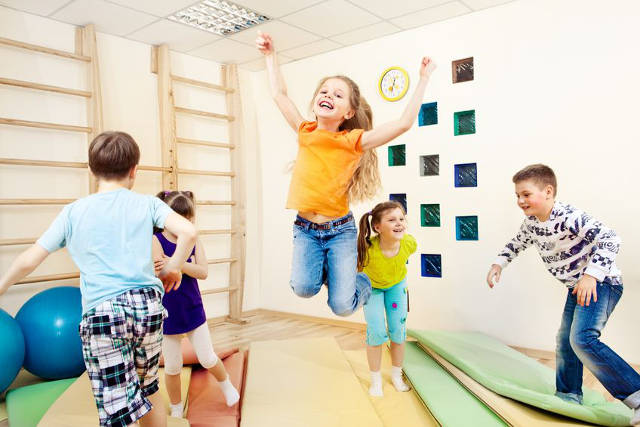
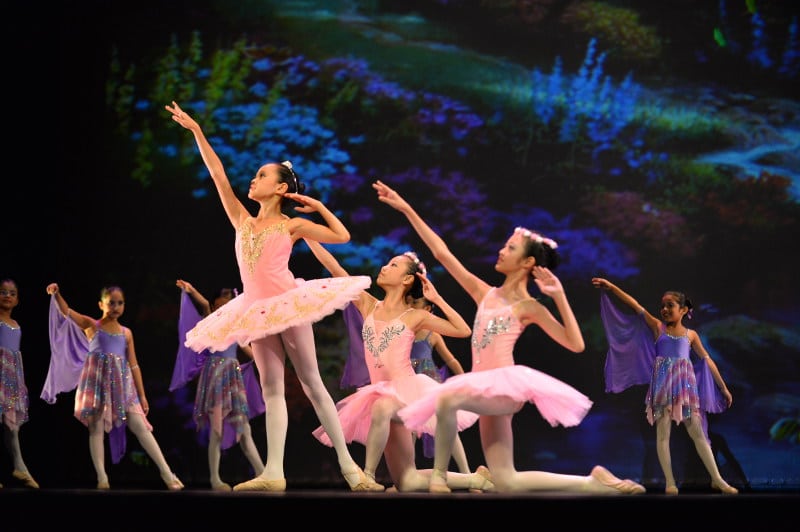
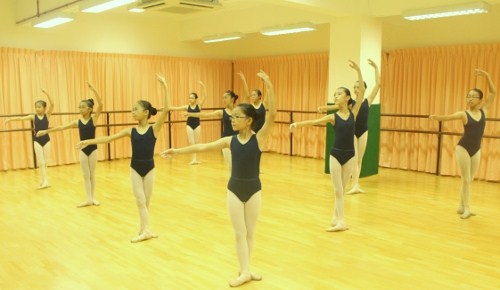
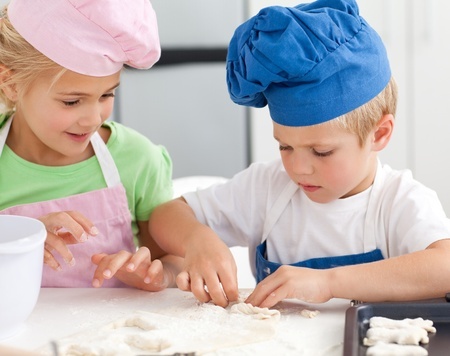
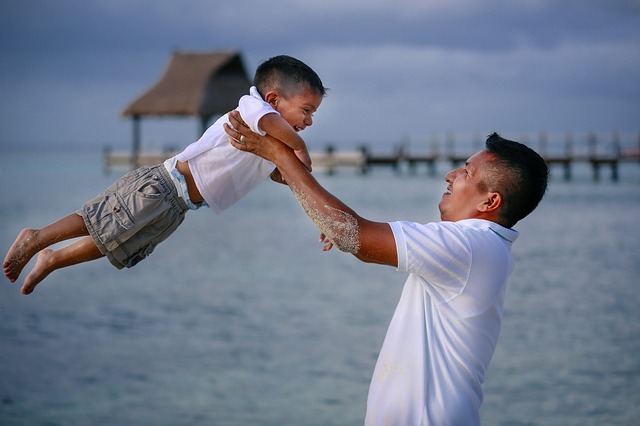
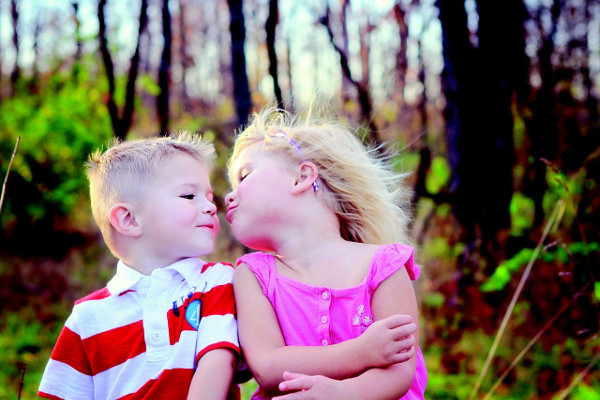
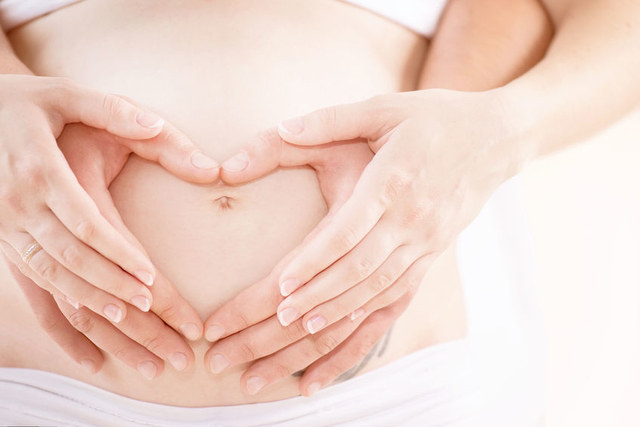









Leave a Comment: